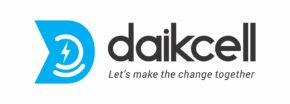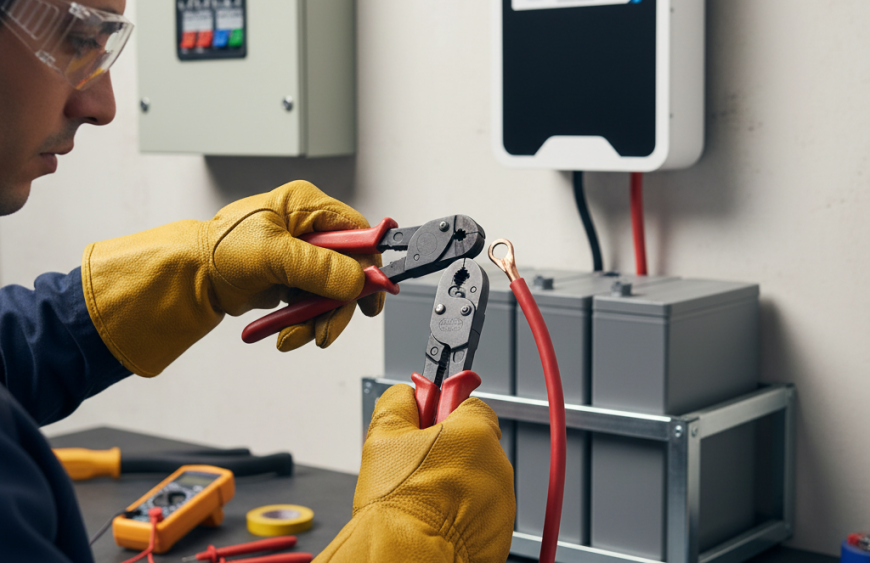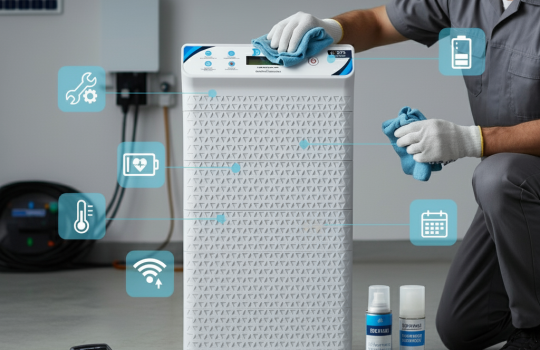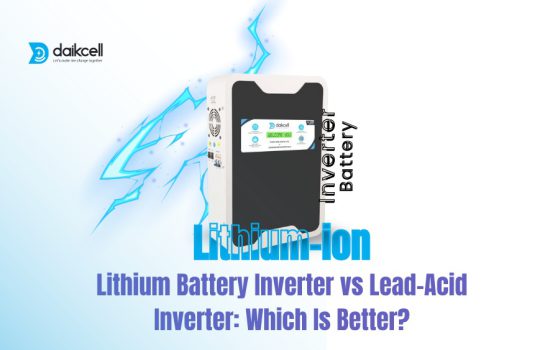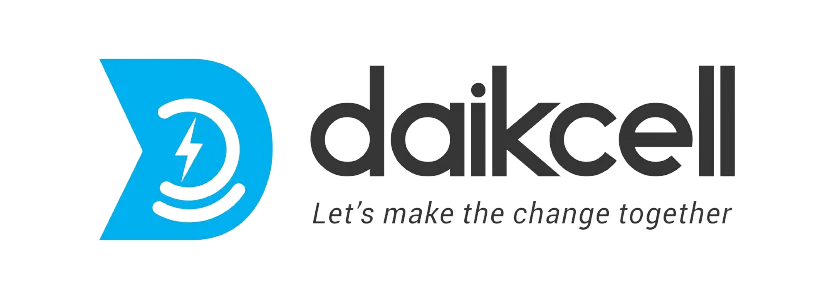Verifying Power and Energy Apostles’ reputation as first-rate and plausible power solutions isn’t as important as maintaining expected returns provided from lithium battery inverters. Keeping installations fast, safe, and successful also aids in long-term energy conservation and stability.
What Is a Lithium Battery Inverter?
A lithium battery inverter takes direct current power from batteries and turns it into alternating current for home use. It provides power during cuts and works with solar systems. Its small size, great efficiency, and rapid response time make it ideal for today’s households.
Why Choose Lithium-Ion Battery Inverters
One of the inverter advantages of lithium-ion batteries is their lifespan. Inverters of this type require a lithium-ion battery inverter. They are less maintenance and long-lasting as well as providing consistent and more efficient power. In their class of fast-charging devices, the lithium-ion batteries are the most lightweight. For environmentally aware homes, this is a solid investment.
Planning the Installation
Assessing the total energy needs of your household is a necessary prerequisite for the installation of a lithium inverter. Take into account the wattages of all necessary appliances, including lights, fans, and refrigerators. This informs the value of the inverter that is necessary. Review the product’s technical user guide to understand the appropriate device value, the set capacity, and safety constraints that you must follow.
Selecting the Installation Area
The determination of an appropriate site for home inverter installation remains crucial. It is recommended that installations occur in a dry, well-ventilated, and shaded area, away from any source of direct sunlight or water. Additionally, inverters must be located for easy maintenance access. Sufficient spatial configuration and hygiene of a given enclosure contribute obliquely to inverter cooling and to reduced volumetric functions of accumulated dust on operational surfaces of the inverter.
Mounting the Inverter
For initial lithium inverter configurations, place the inverter on a level wall or a stable horizontal plane. Please use the provided mounting hardware to perform this operation. Ensure the inverter has no lateral movement and has been firmly secured in this position. Leave a small gap between the wall and the unit for ventilation and the dissipation of excess heat.
Connecting the Battery
After securing the lithium battery in place, link it to the inverter terminals. Attention should be paid to the polarities when connecting the terminals: the battery’s positive terminal should connect to the positive cable, and the battery’s negative terminal should connect to the negative cable. Make certain that the terminals are tight to mitigate the risk of loose connections. A tight configuration facilitates the seamless flow of current, thereby avoiding unwanted heating during use.
Linking to the Main Power Supply
The subsequent phase in the installation of a home inverter involves linking the inverter to the main electrical panel. Employ suitable wiring, and interpose a circuit breaker between the inverter and the distribution board. The circuit breaker protects the system from overload and short circuits, thereby ensuring the safety of the connection. This configuration enables the system to automatically switch between battery and grid power.
Setting Up with Solar Panels
With the applicable inverter, you are able to complete a solar inverter installation with the instructions provided. Make certain the output cables from the solar panels are connected to the solar input ports on the inverter, taking care to observe polarity while connecting the terminals, as described. An installation with solar-powered options enables you to minimize your monthly electric expenses while accruing clean energy during the daylight hours.
Grounding the System
Grounding is essential for safe installation of a lithium inverter. Connect an earthing wire from the inverter’s metal body to a ground rod. This step prevents electric shock during inverter integration with other components and protects the inverter’s internal circuitry during voltage surges. Overall safety of the electrical equipment is improved with proper grounding.
Testing and Inspection
Once you have finished your lithium inverter setup, activate the system and monitor the inverter display indicators. As an initial test, see if the batteries are charging, verify if the appliances hooked up are receiving uninterrupted power, and running the system for a short while will provide confirmation that the installation has stability and operates correctly.
Important Safety Measures
Once you have finished your lithium inverter setup, activate the system and monitor the inverter display indicators. As an initial test, see if the batteries are charging, verify if the appliances hooked up are receiving uninterrupted power, and running the system for a short while will provide confirmation that the installation has stability and operates correctly.
Benefits of Solar Integration
Being able to employ renewable energy optimally is made possible through the installation of a solar inverter. When paired with solar panels, the inverter provides battery charging, which will then allow the user to store electricity powered by the sun. This stored energy can be accessed during the night or during outages, making them a great candidate to replace reactive energy systems. This is also a great supplemental system with off-grid solar systems. There is great opportunity for energy independence as well as saving on electricity bills.
Maintaining Your Lithium Inverter
Long-term performance is ensured with regular care. Maintain the inverter surface by regular cleaning and dust removal. Examine the wire connections every few months for corrosion and looseness. For optimal performance, avoid complete battery drainage. Regular checks and monitoring will keep your lithium inverter setup in excellent shape.
Long-Term Value of Lithium Inverters
When it comes to lithium-ion battery inverter advantages, there is no denying the durability and energy efficiency.
-
Lithium systems outperform lead-acid batteries due to their ability to endure many charge and discharge cycles without degrading.
-
Additionally, lithium batteries recharge more quickly, occupy less space, and suit modern energy systems perfectly.
-
Their higher energy discharge capacity enables them to power larger inverters efficiently.
Final Thoughts
An effectively and safely executed installation of a lithium inverter will grant an uninterrupted and effective power supply to your home. Additionally, it will provide backup power along with a solar system at affordable electricity costs.
Daikcell, advanced lithium inverters, durability, safety, and performance-focused design. With sustained installation and sustained care, a stable power supply will be provided along with a greener energy contribution.
👉 More info: Lithium Battery Inverter vs Lead-Acid Inverter: Which Is Better
